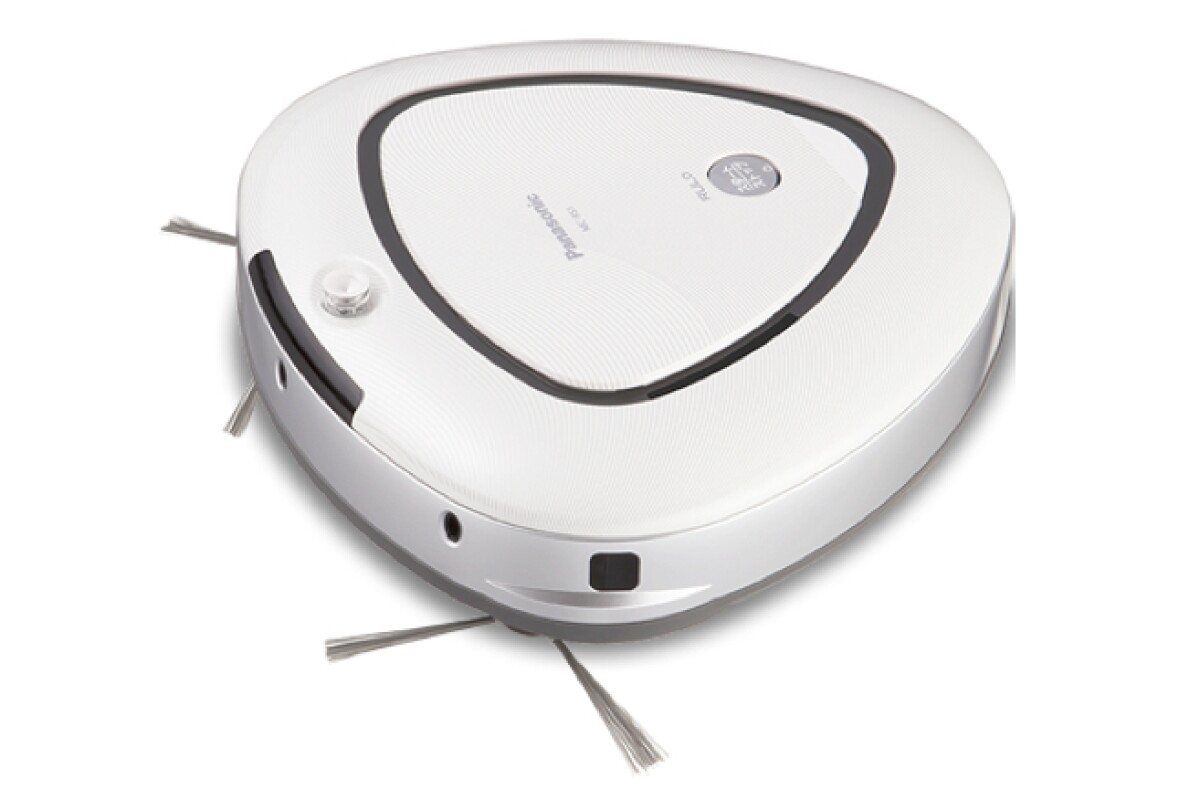Circular robotic vacuum cleaners may be popular, but it's hard for them to reach dust and dirt in the corners of rooms. That's why Panasonic has gone with a triangular shape – a Reuleaux triangle, to be precise – for its new MC-RS1 Rulo robo-vac.
The Rulo features rotating brushes at its two front corners, which extend out beyond its main body to nab greeblies located in hard-to-each places. Those brushes sweep the detritus towards a suction port/roller brush on its underside, which sucks everything into a 0.1-liter (3.4-oz) onboard dust bin. It's said to work on a variety of surfaces, including Japanese tatami mats.
The 3-kg (6.6-lb) vacuum seeks out minute dust particles, navigates rooms and avoids obstacles using infrared and ultrasonic sensors, along with a gyroscope. It can reportedly run in auto mode for about an hour on one 3-hour charge of its lithium-ion battery – it can also be manually controlled, using a wireless handheld remote.
If you want one soon, however, you might have to make a trip to Japan. It's being released there on March 20th, with pricing to be determined by individual retailers.
Source: Panasonic (Japanese) via NewLaunches








